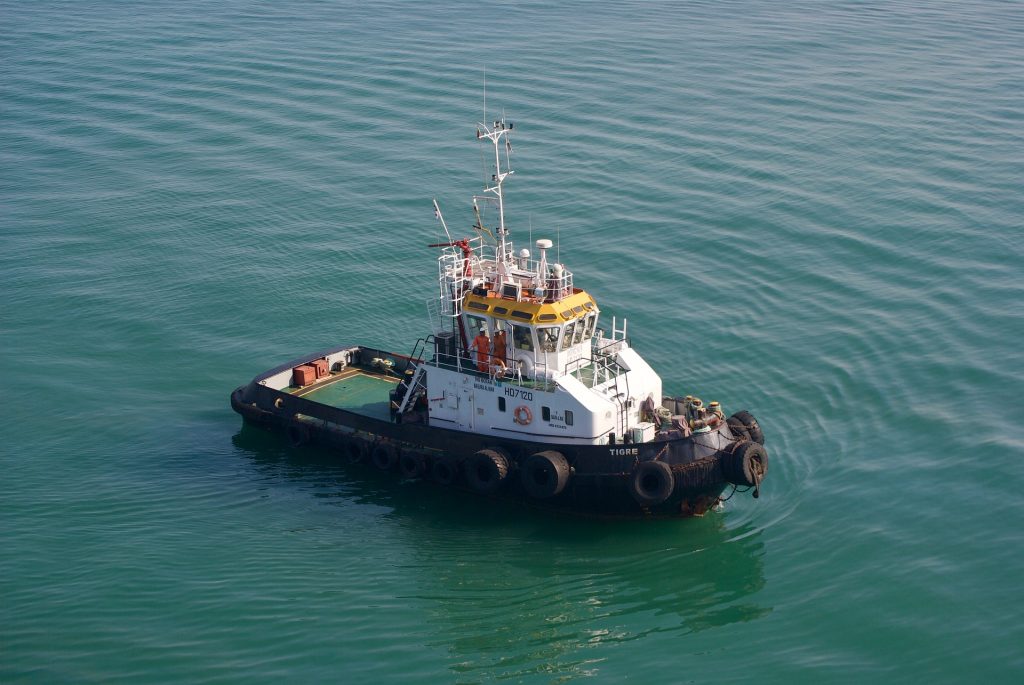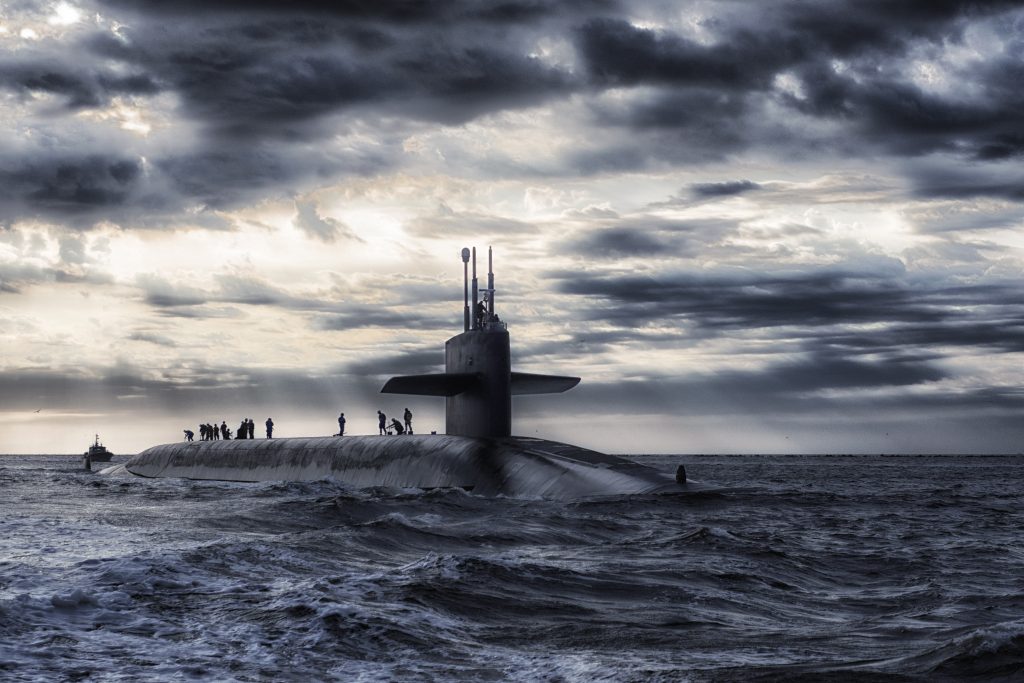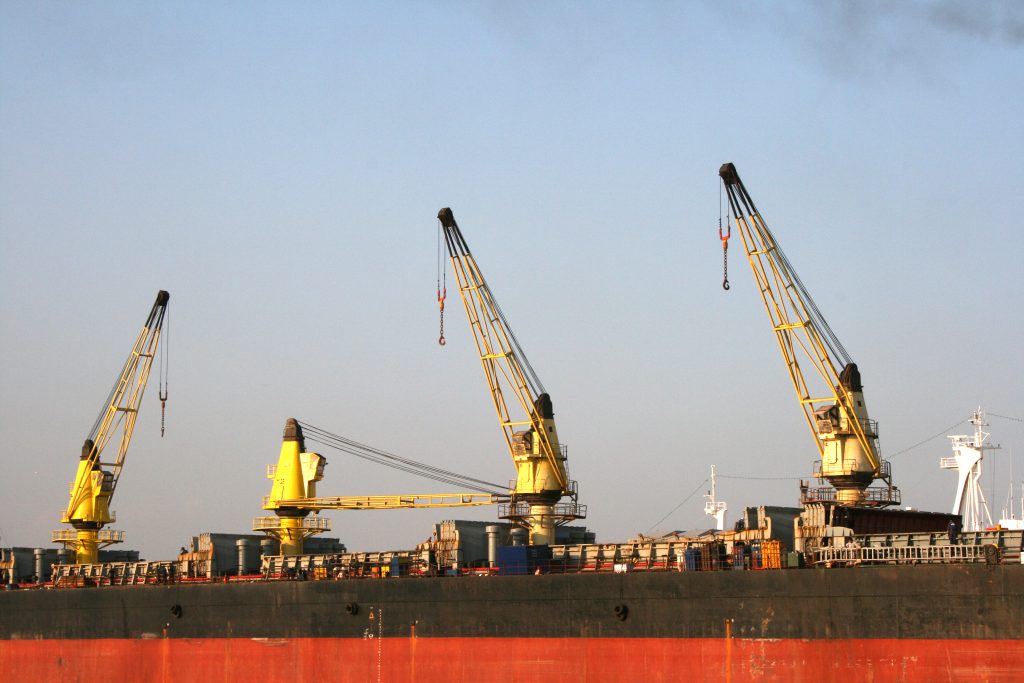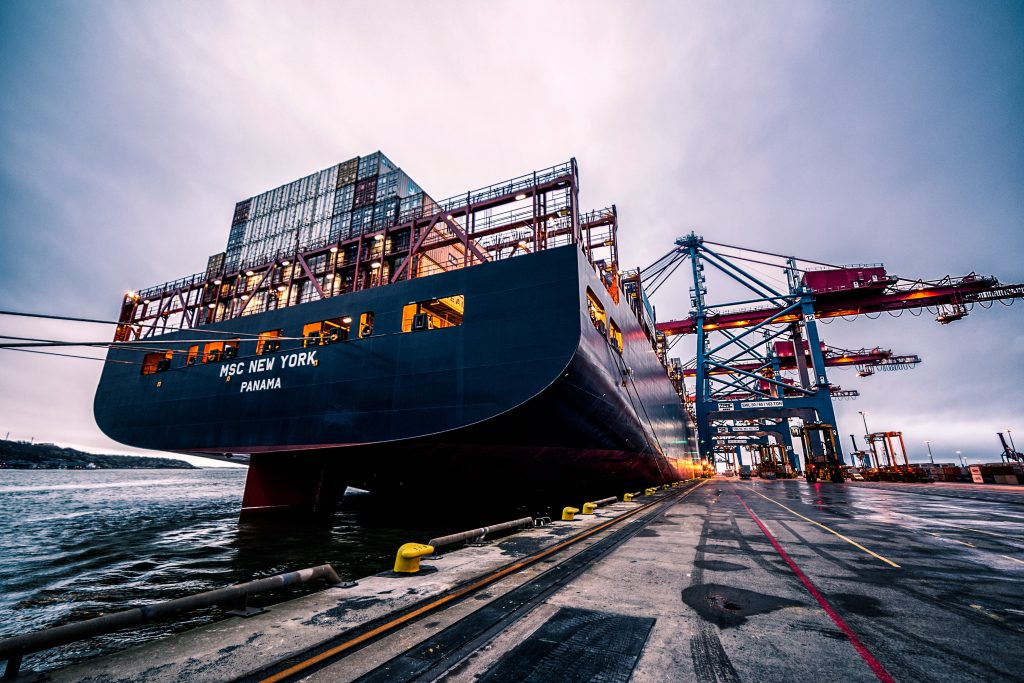 A disabling workplace injury can be a nightmare for an employee who suffers physical pain, mental side effects, loss of income, and the uncertainty of litigation. And when large sums of money are involved, an employer will want to fight tooth and nail to avoid liability. This can be particularly distressing when an employee wins at trial only to find the decision has been appealed.
A disabling workplace injury can be a nightmare for an employee who suffers physical pain, mental side effects, loss of income, and the uncertainty of litigation. And when large sums of money are involved, an employer will want to fight tooth and nail to avoid liability. This can be particularly distressing when an employee wins at trial only to find the decision has been appealed.
However, there is hope. Unless there has been a blatant error or abuse of discretion, a court of appeal will not want to overturn a factual conclusion or damage award from the trial court. Generally, that means an appeal will center around a question of law. See, e.g., Lasha v. Olin.
Sometimes the legal question is whether an injured worker qualifies for relief under a law. For example, an employee seeking coverage under the Jones Act must be classified as a seaman. To be one, your duties must “contribute to the function of the vessel or the accomplishments of its mission.” Determining who is a seaman under the Jones Act is a hotly contested issue, as seen in the case below.
 Louisiana Personal Injury Lawyer Blog
Louisiana Personal Injury Lawyer Blog


 Hydraulic steering is part of modern-day recreational vessels. When a boat’s hydraulic steering fails, what party bears liability? The owner, driver, or manufacturer? In the following case, the Louisiana 3
Hydraulic steering is part of modern-day recreational vessels. When a boat’s hydraulic steering fails, what party bears liability? The owner, driver, or manufacturer? In the following case, the Louisiana 3 Medical conditions can be a sensitive topic for both employers and employees. While employers are extremely cautious in not asking discriminatory questions, the employees may still be reluctant and afraid to lay all cards on the table. Understandably, workers who suffer from pre-existing medical conditions feel that they don’t need to inform their employers as long as the illnesses are not getting in the way of work. But should they? A recent case from Lousiana Fourth Circuit illuminates the legal consequences where the employee lied on the medical forms and later requested worker’s compensation.
Medical conditions can be a sensitive topic for both employers and employees. While employers are extremely cautious in not asking discriminatory questions, the employees may still be reluctant and afraid to lay all cards on the table. Understandably, workers who suffer from pre-existing medical conditions feel that they don’t need to inform their employers as long as the illnesses are not getting in the way of work. But should they? A recent case from Lousiana Fourth Circuit illuminates the legal consequences where the employee lied on the medical forms and later requested worker’s compensation. In the workplace, providing a safe environment through training, communication, and safety standards can help create an injury-free workplace. Yet, despite every precaution, accidents can still happen and then the situation becomes one of determining whose negligence caused the injury. This issue was explored in a maritime action filed on May 9, 2012 in the Twenty-Ninth Judicial District Court for the Parish of St. Charles.
In the workplace, providing a safe environment through training, communication, and safety standards can help create an injury-free workplace. Yet, despite every precaution, accidents can still happen and then the situation becomes one of determining whose negligence caused the injury. This issue was explored in a maritime action filed on May 9, 2012 in the Twenty-Ninth Judicial District Court for the Parish of St. Charles.  Offshore drilling platforms enable petroleum companies to access oil deposits beneath the ocean floor. Although these platforms are anchored to the sea floor, they are technically movable and can be relocated. Whether a platform is considered “immovable property” under Louisiana law became a central issue in a case involving an injured worker because different prescription periods apply to personal injury claims depending on the nature of the property at which the injury occurred.
Offshore drilling platforms enable petroleum companies to access oil deposits beneath the ocean floor. Although these platforms are anchored to the sea floor, they are technically movable and can be relocated. Whether a platform is considered “immovable property” under Louisiana law became a central issue in a case involving an injured worker because different prescription periods apply to personal injury claims depending on the nature of the property at which the injury occurred. What happens when a person is injured due to a company’s negligence and the company is based outside of the United States? The plaintiff generally must file a lawsuit in federal court, but there are certain jurisdictional requirements that have to be met. A plaintiff’s ability to file a lawsuit against an international company in a U.S. district court depends on how much “contact” the company has with the United States.
What happens when a person is injured due to a company’s negligence and the company is based outside of the United States? The plaintiff generally must file a lawsuit in federal court, but there are certain jurisdictional requirements that have to be met. A plaintiff’s ability to file a lawsuit against an international company in a U.S. district court depends on how much “contact” the company has with the United States. For any legal claim, there is a set period of time for which the claim must be brought. This set period of time is known as a statute of limitations, which can vary based on the type of claim. If a claim is not filed prior to the expiration of the statute of limitations, the right to bring the claim is extinguished. Furthermore, if an attorney was retained to bring the claim and failed to do so in a timely manner, the attorney may be sued for malpractice. So, in Louisiana can you sue your lawyer for not filing your claim on time?
For any legal claim, there is a set period of time for which the claim must be brought. This set period of time is known as a statute of limitations, which can vary based on the type of claim. If a claim is not filed prior to the expiration of the statute of limitations, the right to bring the claim is extinguished. Furthermore, if an attorney was retained to bring the claim and failed to do so in a timely manner, the attorney may be sued for malpractice. So, in Louisiana can you sue your lawyer for not filing your claim on time? In almost every lawsuit, both sides present expert witnesses that have completely different views of the same situation. It is important to have an excellent attorney at trial because by the time the lawsuit is appealed, these witnesses are gone and the opinions they reached are part of the record. To overturn a trial court’s decision, an appellate court must find some glaring factual or legal error. If there are no such errors, it is very hard for the appellate court to second-guess the trial court’s decision. So, how can you prove negligence on appeal? This was the case for a Baton Rouge shipping company in their case against an insurance company.
In almost every lawsuit, both sides present expert witnesses that have completely different views of the same situation. It is important to have an excellent attorney at trial because by the time the lawsuit is appealed, these witnesses are gone and the opinions they reached are part of the record. To overturn a trial court’s decision, an appellate court must find some glaring factual or legal error. If there are no such errors, it is very hard for the appellate court to second-guess the trial court’s decision. So, how can you prove negligence on appeal? This was the case for a Baton Rouge shipping company in their case against an insurance company. Insurance policy language is carefully crafted to limit the areas of coverage. A Ponchatoula area boating business tried and failed to extend their insurance policy coverage for accidents on the water to a land-based crane accident. So what happens when you try to cover a land based accident with maritime insurance?
Insurance policy language is carefully crafted to limit the areas of coverage. A Ponchatoula area boating business tried and failed to extend their insurance policy coverage for accidents on the water to a land-based crane accident. So what happens when you try to cover a land based accident with maritime insurance?  There are unique laws governing benefits and remedies for injured seamen. It is important to know the specific laws and defenses applicable to claims as an injured seaman.
There are unique laws governing benefits and remedies for injured seamen. It is important to know the specific laws and defenses applicable to claims as an injured seaman.